Toyota has long promised to electrify its entire line-up and it will be all but there in 2025 as it launches its 19th hybrid model. The completely redesigned Camry shows that the technology can delivery more than just good fuel economy. The ninth-generation sedan is more stylish, better equipped, and a lot more fun to drive. But it continues to offer a wide range of trim packages designed to fit every budget. Headlight.News has this review.
There’s been plenty of debate about the future of the sedan market. We’ve seen several brands, starting with Ford, drop their four-door models entirely, while other have sharply paired back their own offerings. But Toyota has remained firmly committed to sedans, even while expanding its portfolio of SUVs. So, the 2025 Toyota Camry will serve as the real test of whether that’s a sound strategy.
The ninth-generation sedan isn’t entirely new, retaining the TNGA-K platform used for the outgoing model. But virtually everything else has changed. The 2025 Camry makeover won’t come as a complete shock to Camry loyalists, at least from a design perspective. But virtually every element of the sedan has been updated in one form or another. The new look less cluttered, and with a clearer point of view. There’s also plenty of new technology onboard.
But the most compelling news is the fact that the 2025 Toyota will be offered exclusively in hybrid form – becoming the latest of 19 different gas-electric models in the Toyota line-up.
Electrifying
When it goes on sale later this year, only the Toyota 86 and Supra sports cars will be offered only with gas engines. If your only experience with hybrid power was an early version of the Toyota Prius this might give you pause. In the early days, the Japanese automaker focused solely on maximizing fuel economy, much to the chagrin of those who want something that’s more fun to drive.
The optional hybrid in the outgoing Camry was a bit of an improvement, but the 2025 model is downright transformative. No, it’s not a sports car. That’s not what Toyota sedans are all about. But after spending some time flogging the new Camry around the mountainous terrain east of San Diego and then back into downtown rush hour traffic, I gained a new level of respect for Toyota’s powertrain engineers.
Before I get into the performance side of the equation it’s worth pointing out that the new hybrid drivetrain doesn’t sacrifice anything in the fuel economy column. In the front-wheel-drive layout it delivers 51 mpg combined, matching the most efficient version of the outgoing Camry hybrid. The mainstream all-wheel-drive trim cuts that by a mere 1 mpg but is still massively better than any gas-only version of the 2024 sedan. Even the sportiest XSE gets 44 mpg, again better by far than before.
The 2025 Camry becomes the first Toyota sedan to use the fifth-generation Toyota Hybrid System or THS 5. It pairs a 2.5-cylinder inline-gas gas engine with two electric motors for the front-wheel-drive package, which comes in at 225 ponies. The on-demand all-wheel-drive system adds a third motor for the rear wheels, boosting output to a peak 232 hp. That’s a 30 hp increase over prior gas-only AWD versions of the Camry.
Driving impressions
More power is, my book, always better. Yet, there are other reasons to like the new hybrid-only Camry. That starts with the fact that the new driveline is quieter and smoother, and has far less of that CVT rubber-band feel when you slam the pedal to the floor. The electric motors punch out 100% of their torque the moment they start spinning, so you get the sort of launch feel one would never before have associated with a Camry. And that’s also a real plus when making a high-speed pass.
Toyota has long been faulted for favoring “boulevard” soft suspensions. The reality is that plenty of its buyers like that feel, even if it has been, to be blunt, quite numb. The ride of the 2025 Camry LE is a bit more engaging, a bit less wallowy in the corners, with more road feel in the steering wheel. But the SE range is my preference – the XSE in particular. It amps up the sporty feel while still providing a range of more upscale interior features and finishes.
The XSE lowers the level of steering boost, making you feel more connected to the road. And, while there’s still plenty of damping in the suspension, it handles more like the sport sedans you’d traditionally expect from mainstream Japanese competitors like Honda and Mazda. Toyota also deserves kudos for the way the blended braking system works.
Conventional hybrids use regenerative braking to power up their batteries, recapturing energy normally lost during braking and coasting. But the regen system is paired with conventional friction brakes that kick in during hard stops. Getting them paired up just right is always a challenge and I never felt Toyota got it right with earlier Camry hybrids. With the 2025, it’s an entirely different story. Weaving around the Volcan Mountain range, the braking system performed admirably. You’d likely never notice the interplay.
More Toyota News
- First Look: 2024 Toyota 4Runner – More Power, More Features, More Options
- A Week With: 2024 Toyota Prius: Winning Over the Skeptics
- First Look: 2025 Toyota Crown Signia
Made in the U.S.of.A
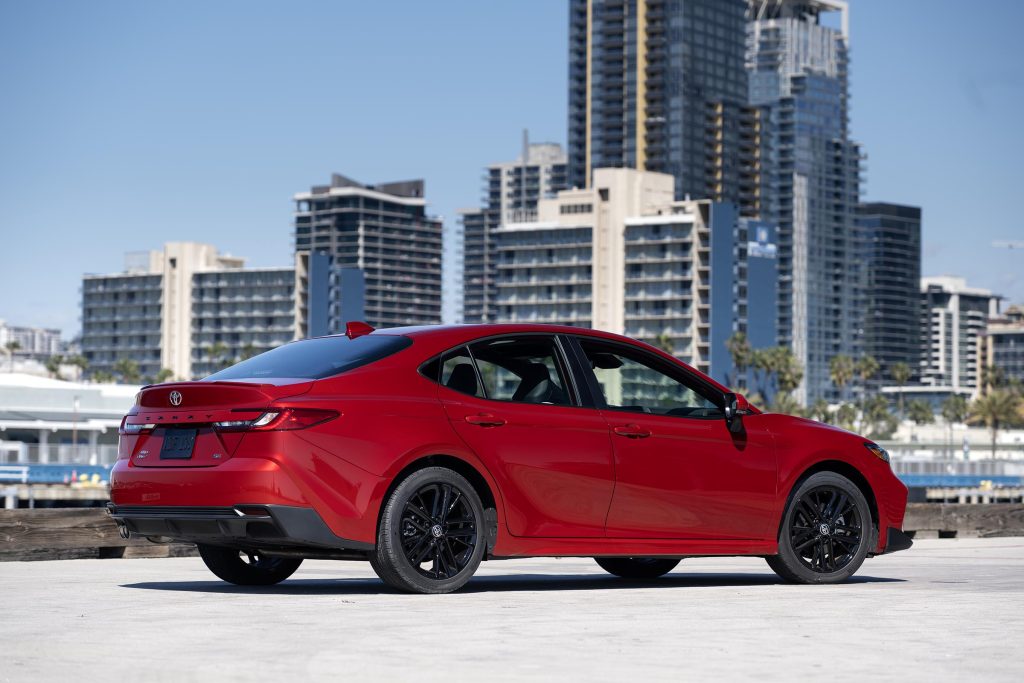
Toyota says the 2025 Camry had input from its U.S. operations through out its entire development cycle
The 2025 Camry is an American project through and through. To start with, it was designed and engineered at both the CALTY design studios in Newport Beach, California and Ann Arbor, Michigan. And it will be assembled in the States, as well.
The focus has been on giving Camry a real point of view, starting with the Hammerhead front fascia and slim lighting, front and back.
As before, there will be numerous grades appealing to different buyers. The XE and XSE models adopt a sportier appearance, including their honeycomb grilles, as well as what Toyota describes as “racing-inspired functional aerodynamic air ducts, front-side canards and a rear diffuser. They also get dual-tip exhausts. The XE features 18-inch wheels and tires, the XSE upgrading to 19s.
The XLE tops a range of more conservative looking trims.
A plusher, “open-style” cabin
As with the exterior design, the 2025 Camry’s cabin varies notably by trim – but all emphasize the roominess of Toyota’s midsize sedan.
SE models are finished in a suede-like SofTex, with XSE versions featuring standard leather trim. “The higher-end XLE grade,” explains the automaker, “is the first Toyota Camry to feature leather and Dinamica microfiber-trimmed seats.
Both XLE and XSE models features laminated, noise-reducing front and side glass, and are available with heated and cooled front seats. All trims feature smart-key ignitions and dual-zone climate systems.
Tech talk
The 2025 Toyota Camry is the latest model to feature the automaker’s Intelligent Assistant, an onboard system that, like the familiar Amazon Alexa voice assistant, can be summoned simply by saying, “Hey, Toyota.” It operates virtually all onboard controls.
The new sedan also features wireless versions of Apple CarPlay and Android Auto. A wireless smartphone charging system comes standard, and there are numerous USB-A and USB-C ports. A wireless smartphone charger is standard, and a WiFi hotspot comes with a 30-day trial subscription.
The 2025 Camry features a 7-inch digital gauge cluster on LE and SE trims, with an 8-inch touchscreen. The XLE and XSE models jump to 12.3 inches and also offer an optional 10-inch head-up display. A 12.3-inch touchscreen with navigation also is available.
A digital key package, which allows a smartphone to replace a keyfob, is available.
Digital Safety
Buyers will find an array of advanced driver assistance systems, or ADAS, built into even the base XE and SE models. As part of the Toyota Safety Sense 3.0 package, these include forward collision warning with automatic emergency braking, blind spot warning and rear cross-traffic alert. Radar cruise control is featured on all trim levels.
On XLE and XSE models, buyers can add even more digital safety tech, including traffic jam assist, front cross-traffic alert, lane change assist and a panoramic view monitor.
Pricing and Availability
The 2025 Toyota Camry will be produced here in the United States. The new sedan is expected to reach showrooms later this spring.
The big headline is that the entry-level LE package will start at $29,495, a full $455 less than what you’d have paid for the base hybrid 2024 model. (All prices quoted here factor in $1,095 in delivery fees.) But don’t fool yourself, Toyota didn’t come up with a magic formula to make inflation disappear.) That’s still more than the $27,515 you’d pay for the old, non-hybrid Camry LE.
The top-of-the-line 2025 Toyota Camry XSE goes for $36,020 in front-wheel-drive trim. And you’ll pay another $1,525 to upgrade to all-wheel-drive on all trims. Add in the various options and packages, such as the panoramic roof, a head-up display and digital safety gear and you can push into the $42,000 range.
Last word
As with the rest of the industry, inflation is pricing many potential Camry buyers out of the market. Some are downgrading to the smaller, less impressive Corolla, others switching to certified pre-owned versions of the midsize sedan.
But for those who can swing the payments, there are plenty of reasons to consider the 2025 Toyota Camry. The switch to an all-hybrid drivetrain was the right move. It offers plenty of advantages – beyond just better mileage – with none of the negatives of past gas-electric versions.
The new Camry design is more attractive and more refined, inside and out. The sedan is more refined. And using a term I seldom associated with the Camry in generations past, it’s now much more fun to drive, giving a more serious challenge to its traditionally sportier competitors.

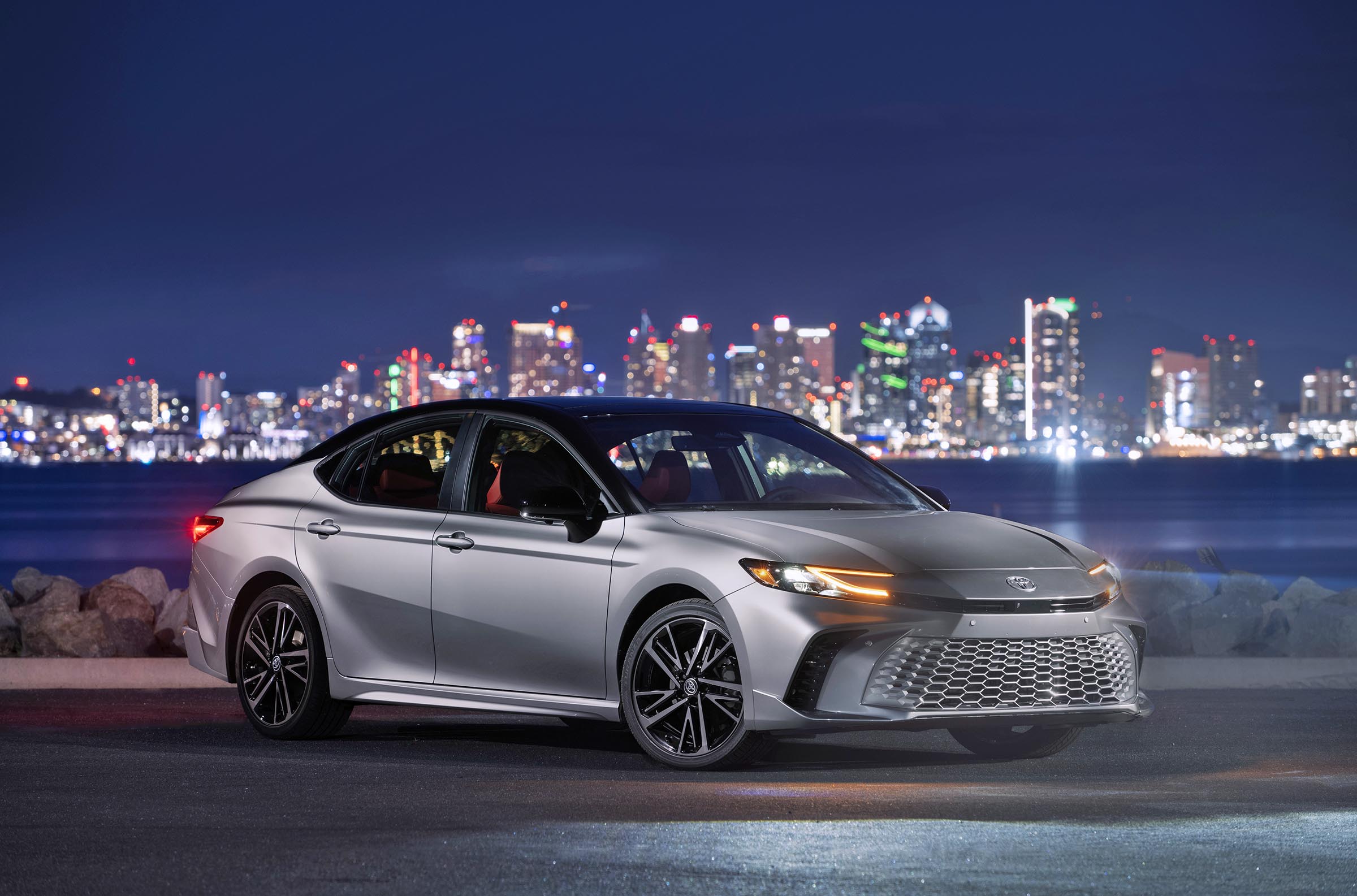
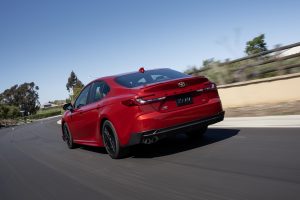
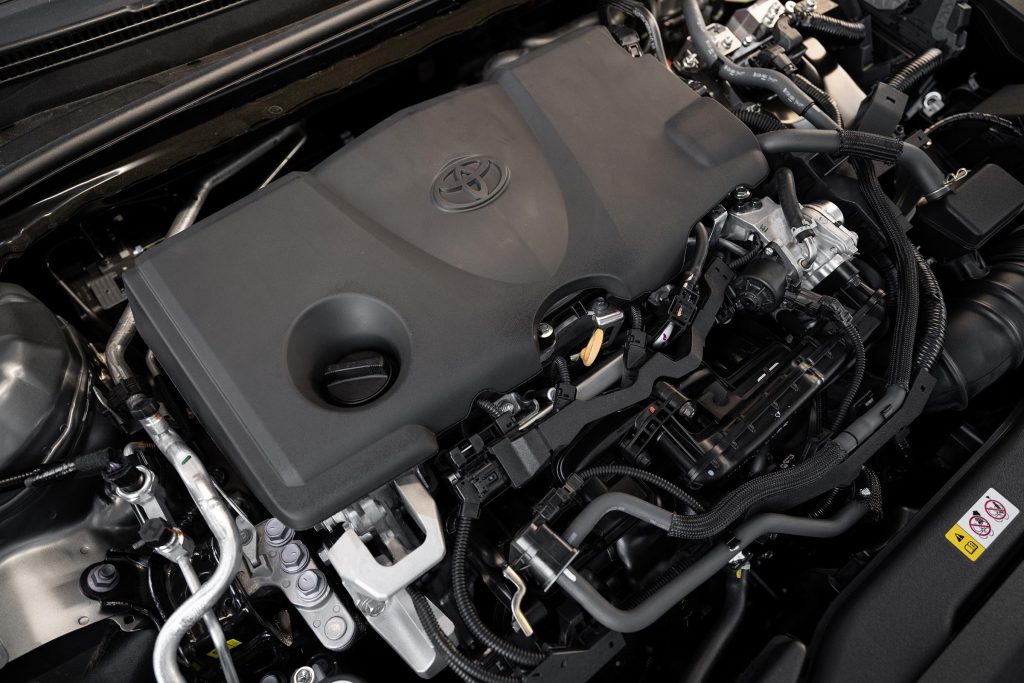
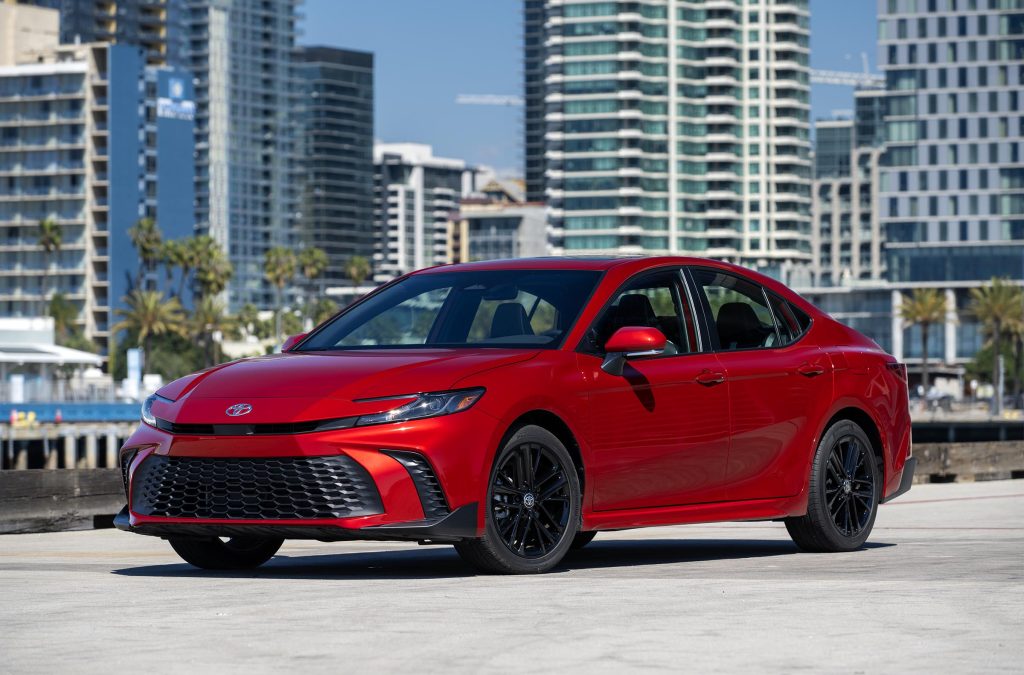
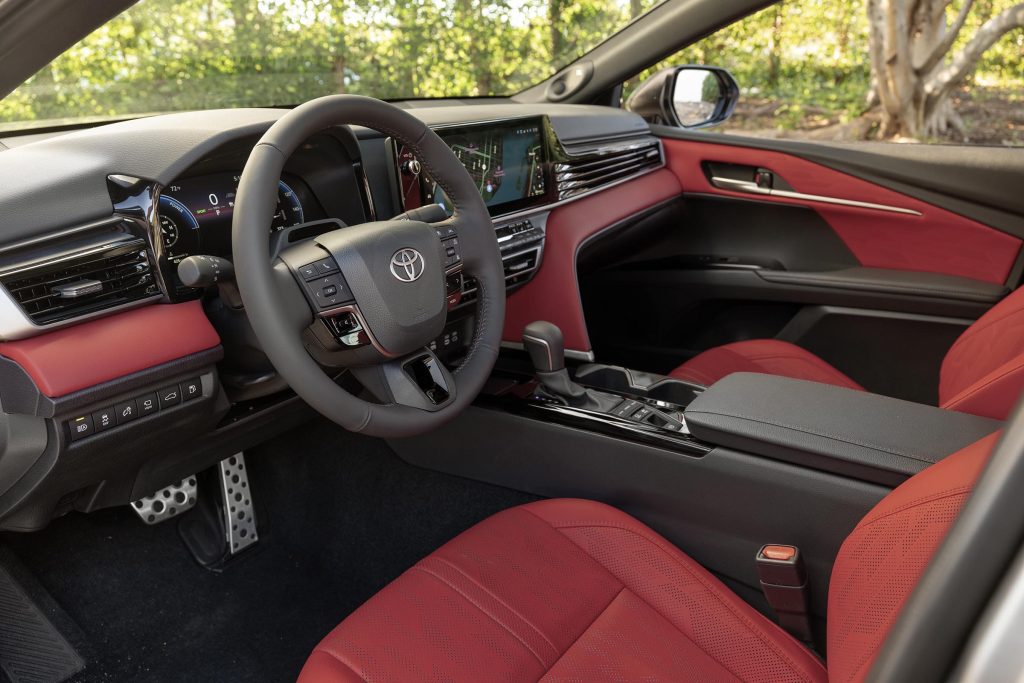



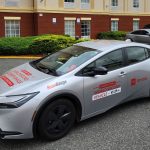
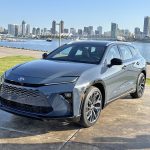
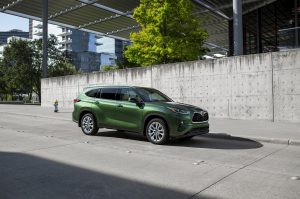

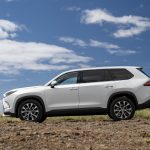
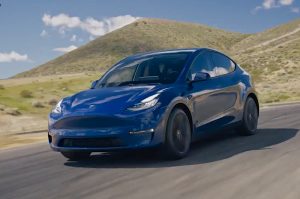
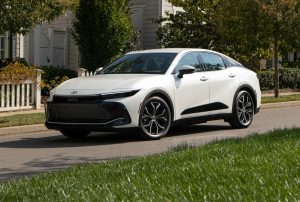

0 Comments